



IUCN’s latest Red List warns that climate change and deforestation are accelerating biodiversity loss. Rapid Arctic melting endangers Hooded Seals, while habitat destruction drives 61% of bird species into decline, urging immediate global action to protect critical wildlife.
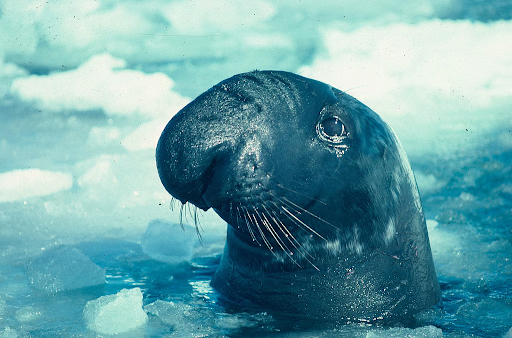
Copyright infringement not intended
Picture Courtesy: DOWNTOEARTH
The International Union for Conservation of Nature (IUCN) released its latest Red List of Threatened Species update.
It was founded in 1948 in France, as the International Union for the Protection of Nature (IUPN), it was renamed the IUCN in 1956.
Today, it stands as the world’s largest environmental network, comprising over 1,900 government and civil society members, from 130 countries.
It serves as the global authority on the status of nature and offers scientific data, policy tools, and conservation strategies that help integrate environmental protection with economic and social progress.
The IUCN Red List (1994) is the most comprehensive database on the global conservation status of species. It evaluates the risk of extinction using five quantitative criteria based on:
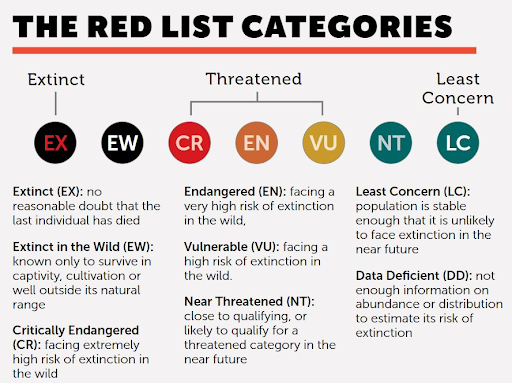
The Arctic Crisis
The report shows decline in the conservation status of key Arctic seal species, directly linking their plight to climate change.
|
Species |
Previous Status |
New Status (2025) |
|
Hooded Seal |
Vulnerable (VU) |
Endangered (EN) |
|
Bearded Seal |
Least Concern (LC) |
Near Threatened (NT) |
|
Harp Seal |
Least Concern (LC) |
Near Threatened (NT) |
Primary Threat: The IUCN identifies the loss of sea ice due to global warming as the primary threat. The Arctic is warming four times faster than the global average, leading to reduction in the extent, thickness, and duration of sea ice cover.
Why Sea Ice is Critical: Sea ice is the only habitat for these seals to breed, raise pups, molt, rest, and access their feeding areas. Its disappearance is a direct threat to their survival.
Ecosystem-Wide Impact: This crisis extends beyond seals, affecting other keystone Arctic species like walruses and polar bears, disrupting the entire marine food web and threatening the delicate balance of the Arctic ecosystem.
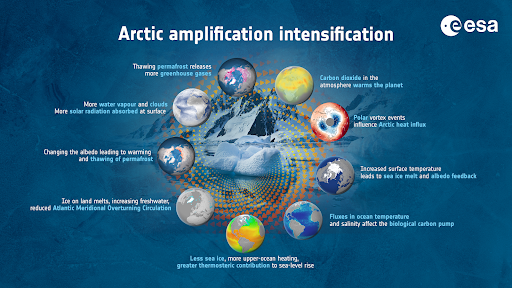
The Alarming Statistic: 61% of the world's bird species now show declining population trends, an increase from 44% reported in 2016, indicating that the crisis is deepening.
The Primary Drivers: The main causes are habitat loss and degradation, mainly driven by:
Tropical Forests as Hotspots: The threat is particularly severe for bird species in tropical forests. The report highlights uplistings to higher threat categories for 14 endemic species in Madagascar, five in West Africa (including the black-casqued hornbill), and others in Central America.
|
Decline of birds is an indicator of ecosystem health. Birds play vital roles as pollinators, seed dispersers, pest controllers, and scavengers. The report notes that hornbills can disperse thousands of large seeds per square kilometer each day, which is essential for forest regeneration and carbon storage. |
The 2025 update confirms that six species have moved into the Extinct category. The list includes:
The 2025 IUCN Red List update is a grave and unequivocal warning. The plight of Arctic seals is a direct and visible consequence of the world's failure to adequately address climate change. It highlights that climate change is not a future problem but a present-day driver of extinction.
Source: DOWNTOEARTH
|
PRACTICE QUESTION Q. Consider the recent IUCN Red List Update:
Which of the statements given above is/are correct? (A) 1 and 2 only (B) 2 and 3 only (C) 1 and 3 only (D) 1, 2 and 3 Answer D Explanation: Statement 1 is correct: The International Union for Conservation of Nature (IUCN) recently updated its Red List, uplisting the hooded seal (Cystophora cristata) from a status of Vulnerable to Endangered due to the rapid decline in its sea ice habitat. Statement 2 is correct: The Arctic region is warming approximately four times faster than the global average. This phenomenon, known as Arctic amplification, is a key reason for the threat to ice-dependent species like the hooded seal. Statement 3 is correct: The Slender-billed Curlew (Numenius tenuirostris), a migratory shorebird, has been officially declared Extinct in the recent IUCN Red List update. The last confirmed sighting of the bird was in 1995. |
IUCN stands for the International Union for Conservation of Nature.
The IUCN Red List is the world's most extensive list of the global conservation status of species of plants, animals, and fungi. It evaluates the risk of extinction using specific criteria and is an important indicator of the health of global biodiversity.
The Red List uses nine categories for classifying species, including Extinct (EX), Critically Endangered (CR), Endangered (EN), Vulnerable (VU), Near Threatened (NT), and Least Concern (LC). Other categories are Data Deficient (DD) and Not Evaluated (NE).
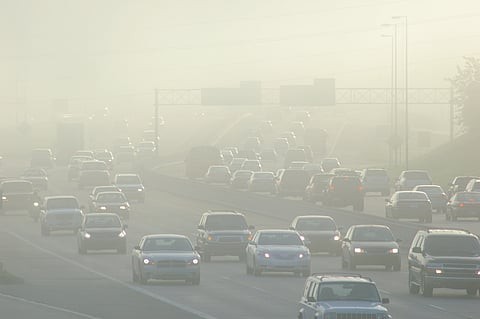
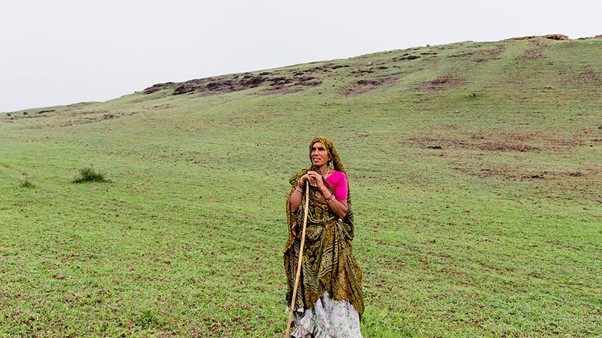
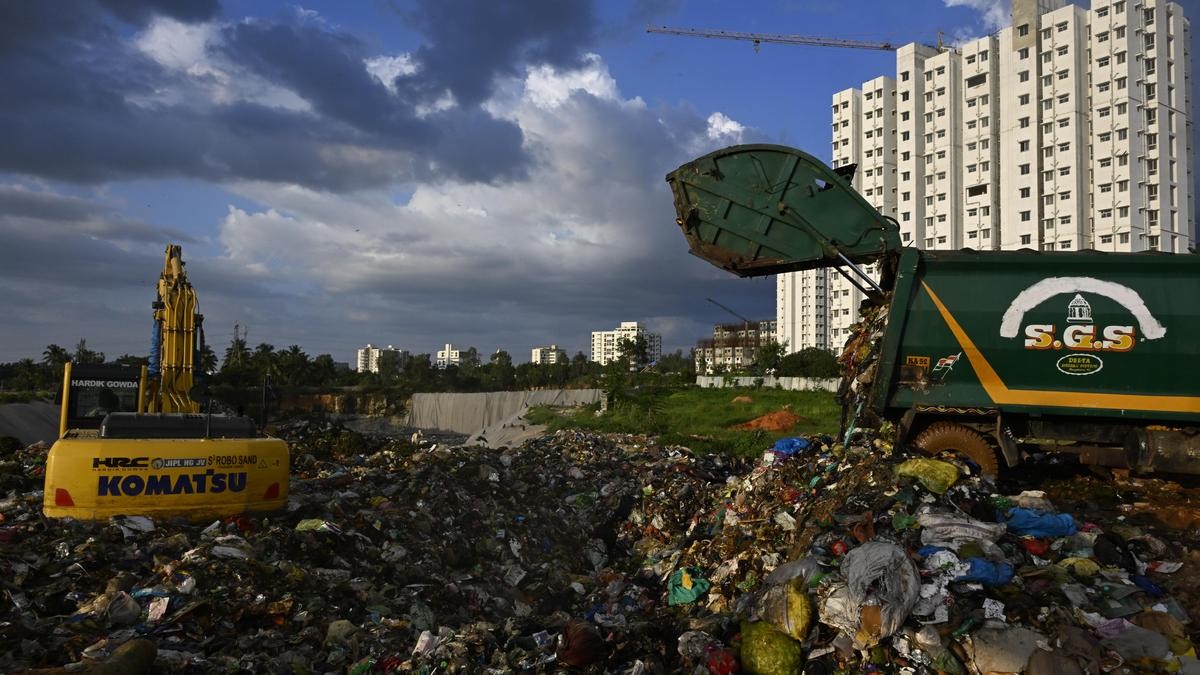
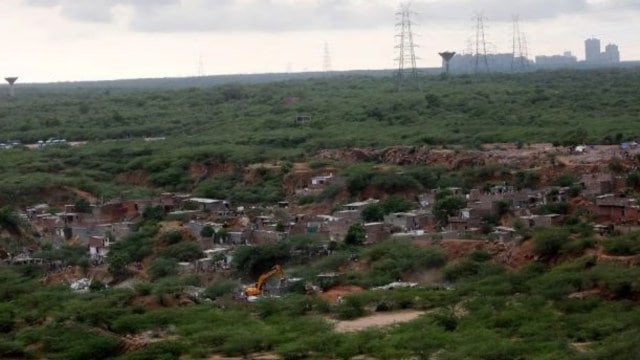
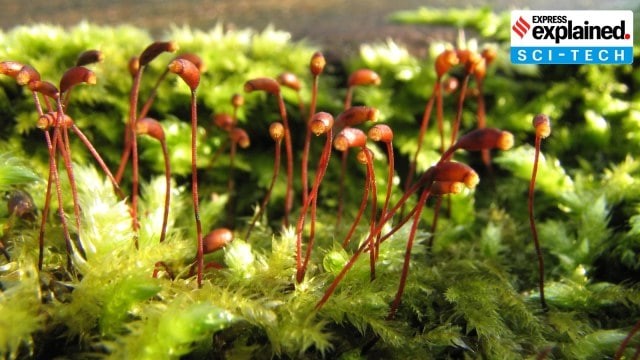
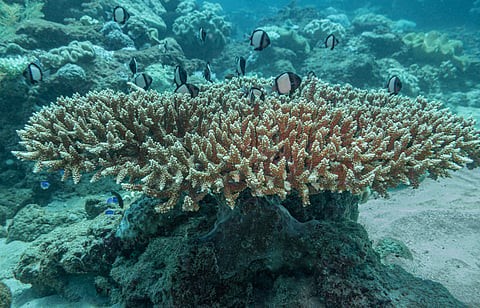

© 2025 iasgyan. All right reserved